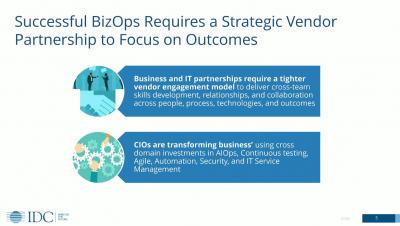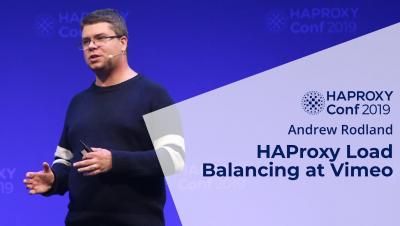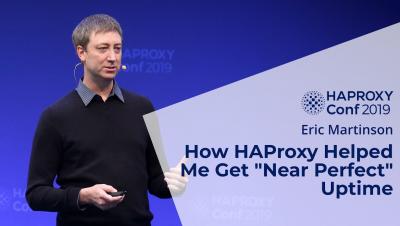Operations | Monitoring | ITSM | DevOps | Cloud
DevOps
The latest News and Information on DevOps, CI/CD, Automation and related technologies.
March 2020 Online Meetup: Automating K3s Cluster Upgrades
Question the Current Dogma - Is Kubernetes Hyper-Scale Necessary for Everyone?
This article was originally published on The New Stack Kubernetes in 2020 has become synonymous with the term cloud native and is also often used as a vehicle for vendors and IT organizations alike to claim they are transforming or modernizing their workloads. But what are they actually transforming? What is Kubernetes itself actually providing?
IDC Overview: Adopting BizOps to Accelerate Digital Transformation Results
Kubernetes Master Class: How to implement Network Policy to secure your cluster
Qovery permet de simplifier l'utilisation du Cloud pour les développeurs
HAProxyConf 2019 - HAProxy Load Balancing at Vimeo by Andrew Rodland
HAProxyConf 2019 - How HAProxy Helped Me Get "Near Perfect" Uptime by Eric Martinson
Does Your Team Know What Your Code Is Doing Right Now?
Software development teams are much larger than the engineers that write code. Writing and deploying code are often only the tip of the iceberg. A well oiled software team will often consist of: All of these people need to know something about what the software development lifecycle is producing and shipping, but the level of information can vary dramatically based on a team member's position. Sleuth was built to automatically generate information to satisfy each team member's needs.
10 Great Reads and Listens If You Want to Learn About Cloud Cost
Whether it be a tweets about shocking AWS bills or the impact of cloud bills on tech company margins, cloud costs are a hot topic. If you're looking to get up to speed and learn a little more, check out this collection of podcasts, blogs, and articles.











